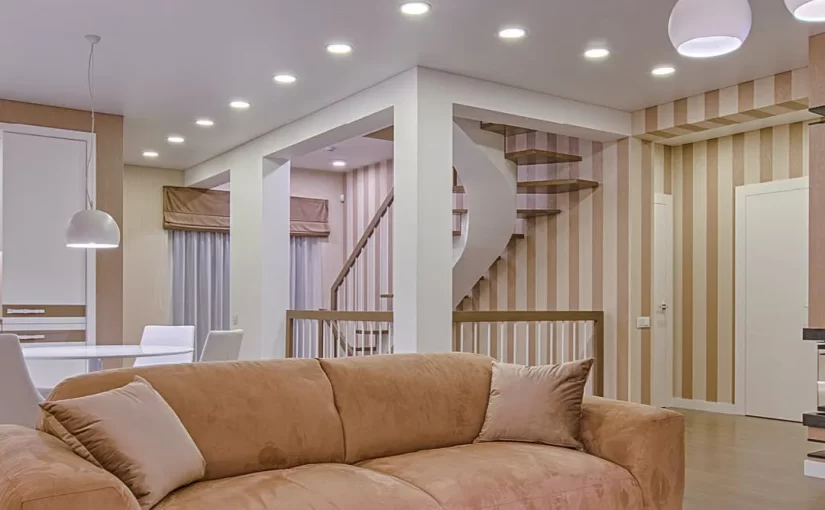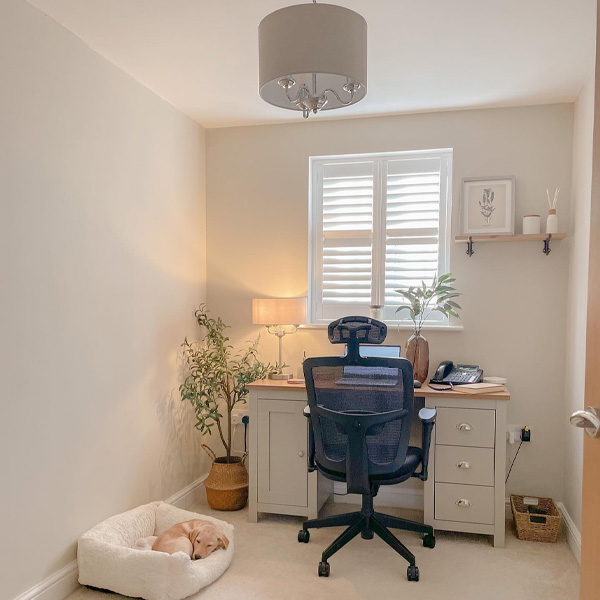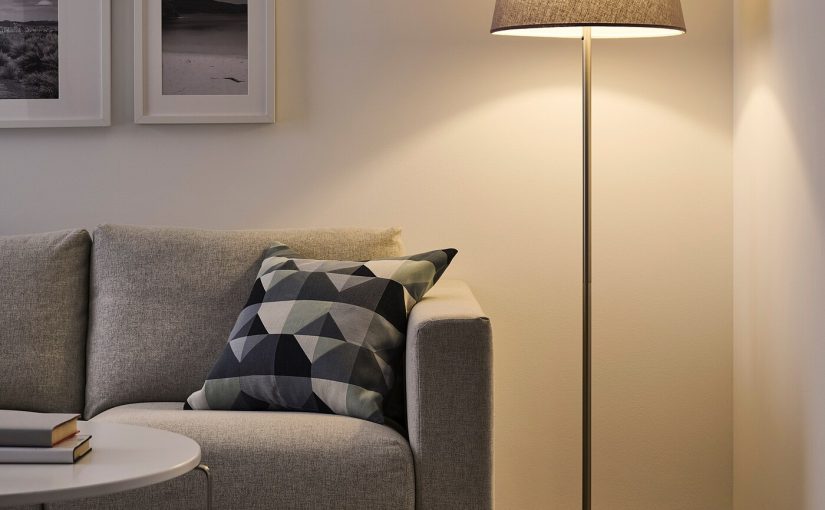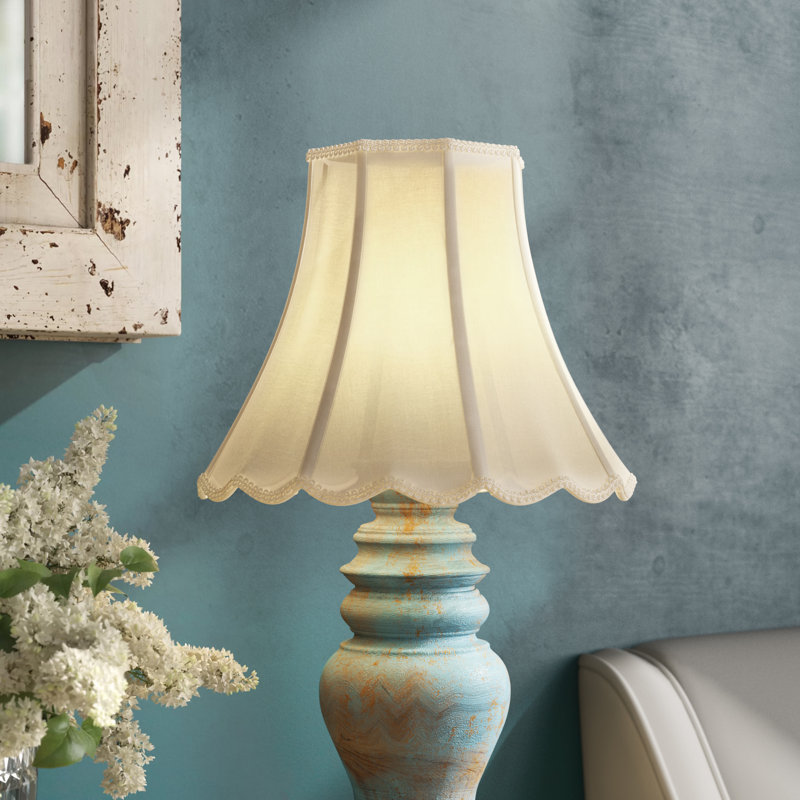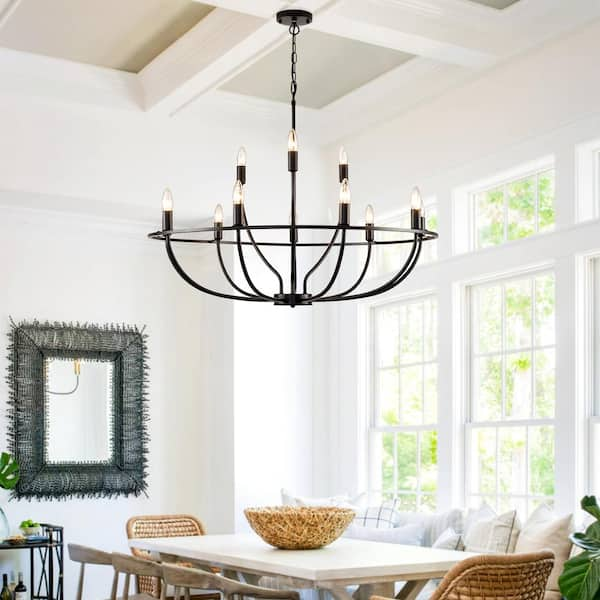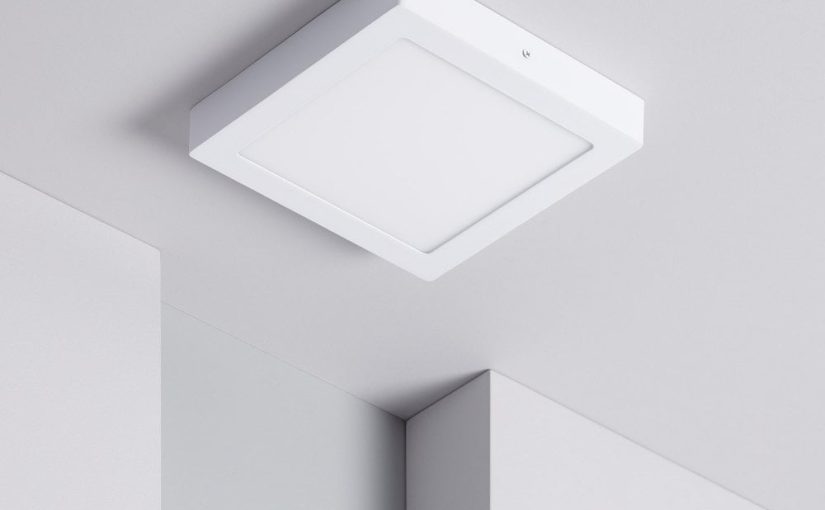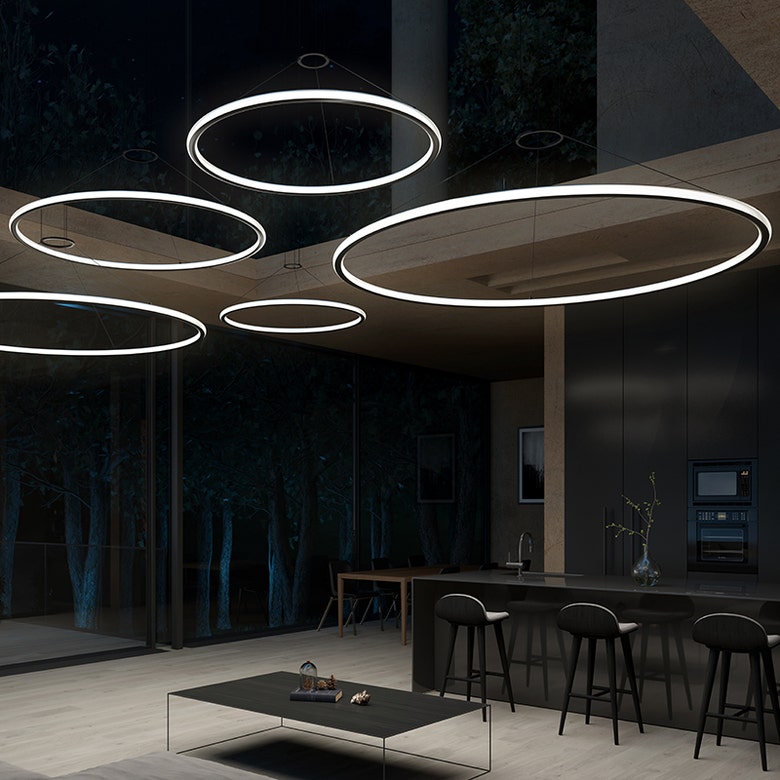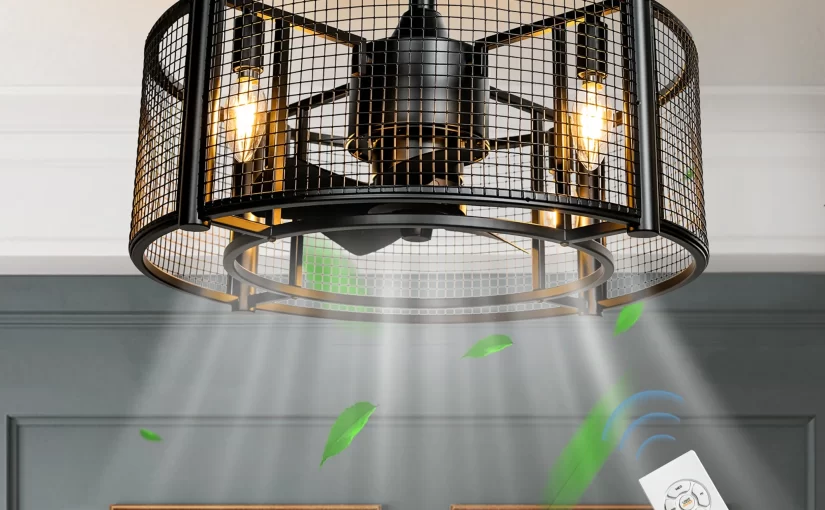Benefits of Choosing LED Lighting for Your Home
When deciding on new lighting for your home, LED lighting stands out for several reasons. They are not only cost-effective over time but also have a lower environmental impact compared to traditional lighting solutions.
Energy Efficiency and Cost Savings
LED lights are known for their high energy efficiency. They use up to 75% less energy than incandescent bulbs. This drastic decrease in energy usage directly translates to significant savings on your electricity bills. Opting for LED lights means you enjoy brighter light while spending less money.
Longevity and Durability
Unlike traditional light bulbs, LEDs are built to last. They can function for up to 25,000 hours or more, vastly outperforming their incandescent counterparts. This longevity reduces the frequency of replacements, saving you both time and money on maintenance. Moreover, LED lights are resistant to breakage and withstand harsh weather conditions, making them a durable choice for home lighting.
Exploring Different Types of LED Lights
When it comes to home and lighting, versatility is key. LED lights come in various forms to fit different functions and designs. Here, we’ll dive into the different types of LED lights that can enhance your space efficiently and stylishly.
Ceiling Lights
Ceiling lights are foundational in home lighting plans. They provide widespread illumination for entire rooms. LED ceiling lights range from flush mounts for low ceilings to grand chandeliers for spacious areas. For modern spaces, LED panels or strip lights offer a sleek, streamlined look. Energy-efficient and long-lasting, they brighten rooms without frequent bulb changes.
Decorative Lighting for Living Rooms and Bedrooms
LEDs are not just functional; they can be fashionable too. Living rooms and bedrooms benefit from added warmth and ambiance with decorative LED lamps. Table lamps, wall sconces, and LED string lights tailor the light to your mood or activity. For nightly reading, consider LED bedside lamps with adjustable brightness and hue.
Outdoor LED Lighting Solutions
For outdoor areas, LED lighting must endure elements. Look for weatherproof LED floodlights for safety or garden lights to showcase your landscape. Solar-powered LED lights are excellent for energy savings and ease of installation, lighting up pathways without additional wiring.
Selecting the right LED lighting for each area in your home is crucial. Take note of the lighting needs for tasks, comfort, and curb appeal. The right choice in LED lights can enhance your home’s aesthetic while being a smart economic and environmental decision.
Where to Buy LED Lighting in Singapore
Finding the right LED lighting for your home in Singapore is easy. You can choose between online retailers and physical stores to find the perfect fit for your space.
Online Retailers vs. Physical Stores
Online retailers often offer a wider selection of LED lighting options. They provide convenience as you can shop from the comfort of your own home. On the flip side, physical stores like Sembawang Lighting allow you to see the lights firsthand and get a sense of their true color and brightness.
When shopping online, consider shipping costs and return policies. Reliable online shops provide clear details regarding warranties and delivery options. Local physical stores may have the benefit of in-store experts who can assist with your home and lighting needs.
Importance of Professional Installation Services
Buying your LED lights is just the first step; installing them properly is vital for optimal performance. Professional installation services ensure that your lights are set up safely and work correctly. In Singapore, services such as those offered by Sembawang Lighting can be quite affordable and convenient, often available within a week of purchase. They not only install your lights but can also offer valuable advice on maintenance and energy efficiency.
Whether you are proficient in DIY or prefer professional help, remember that safety comes first. Consider the complexity of the installation and the tools required before deciding on the best approach for your LED light setup.
Factors to Consider When Choosing LED Lights
Selecting the right LED lights involves more than just preferences; it entails a comprehensive evaluation of various factors that will influence their efficiency and effectiveness in your space.
Room Size and Lighting Requirements
Consider the size of the room where you plan to install LED lights. Larger rooms may require more powerful lights or multiple fixtures to achieve uniform illumination. For smaller spaces, fewer or smaller units might be sufficient, preventing overpowering brightness. Evaluate the natural light available during the daytime to determine the intensity needed for optimal visibility.
Color Temperature and Lighting Mood
The color temperature of LED lights affects the feel and functionality of a room. Color temperatures are measured in Kelvin; lower values mean warmer, yellowish light, while higher values represent cooler, bluish light. Warm lighting is typically used in living rooms and bedrooms to create a cozy and inviting atmosphere. Conversely, cooler lighting suits areas like home offices or kitchens where tasks require clear and bright visibility. Adjust the lighting mood to harmonize with your home’s overall aesthetic and practical needs.
Installation Tips for LED Lighting
Installing LED lights can transform the way a space looks and feels. However, deciding whether to install them yourself or hire a professional is crucial. Both options have their benefits and challenges which we will explore in detail.
DIY vs. Professional Installation
DIY Installation:
If you’re handy with tools and like taking on home projects, DIY LED light installation might suit you. It provides a sense of accomplishment and can save money. Important considerations include:
- Having the right tools and knowledge.
- Following safety protocols to avoid electrical accidents.
- Taking time to plan the layout of the lights properly.
Professional Installation:
For those who prefer a hassle-free approach, hiring professionals is the best bet. This option ensures:
- Expert handling and secure installation.
- Time efficiency, as professionals can complete the installation quickly.
- Handling of complex wiring systems safely.
It’s important to weigh your comfort level with electrical tasks and the complexity of the installation before choosing.
Safety Precautions During Installation
Safety is paramount when installing lighting. Here are key tips to ensure a safe installation:
- Always turn off power at the circuit breaker before starting any work.
- Use insulated tools to prevent any electric shocks.
- Consult home and lighting guides or seek professional advice if unsure.
If in doubt, it’s wise to call in a professional to ensure everything is set up safely and correctly. This is especially crucial in scenarios involving complex wiring or large setups.
LED Lighting Maintenance and Warranty
Proper maintenance and understanding warranty terms are crucial for maximizing the lifespan and effectiveness of your LED lights.
Understanding Warranty Terms
When purchasing LED lights, it’s vital to comprehend the warranty terms provided. Typically, warranties cover defects in materials and workmanship. Ensure to check the duration, which can vary from months to years, and understand what actions might void the warranty. Keep all purchase documents and warranty cards in a safe place as they might be needed for future claims. This protects your investment and ensures continued support in case of product failure.
Regular Maintenance Tips
Regular maintenance of LED lights enhances their performance and longevity. Here are some easy maintenance tips:
- Clean Regularly: Dust and debris can accumulate on light fixtures, potentially dimming the brightness. Gently clean them with a soft, dry cloth to maintain optimal output.
- Check Connections: Ensure all electrical connections are secure. Loose connections can cause flickering lights or power loss.
- Avoid Moisture: Unless specified for outdoor use, keep LED lights away from water as moisture can damage them.
- Inspect Regularly: Look for any signs of damage or wear. Early detection can prevent further issues and avoid unnecessary replacements.
- Update Timely: If your fixtures are old or continuously malfunctioning, consider upgrading to newer, more efficient models.
These proactive steps can help maintain the efficacy of your home and lighting, keeping your space bright and functional for years.
